In many construction sites, soil collapses and water leakage make your projects unsafe and costly. To hold ground and control water flow, civil engineering industries use sheet piling methods.
We have written this article about the basics of sheet piling and its advantages. You will also learn different materials used for sheet piling and how to install them in the right way.
What is Sheet Pile?
It is a solid wall that is installed vertically in the ground to make a solid barrier. The sheet pile may be of steel, concrete or wood. You can use this sheet pile as a soil support to facilitate excavation, control water and retain the soil in its position.
This sheet pile interconnects with each other through their edge locks and forms a long barrier.

What is Sheet Piling or Sheet Pile Wall?
Sheet piling or sheet pile wall is used to interconnect these sheets with each other to form a long wall barrier. Each sheet has a groove to connect with the next and hence forms a strong wall.
These sheet pile walls are common in the construction industry. You can install this sheet pile through vibrating hammers.
Sheet Piling Design
It is a process to strengthen the wall design against high water pressures and to retain soil. Normally, this is applied near riverbank construction where the soil is soft.
By using different advanced tools and software, like Plaxis, GEO5 and others, a strong wall is designed. You must determine earth pressure, embedment depth, check stability, structural design and water stability.
Sheet Piling in Construction
Sheet piling is a technique in which strong wall barriers are made to retain soil in its position and prevent water. These sheets may be of steel, vinyl, or timber, depending on the specific needs. You can build strong barriers by attaching sheets through side locks.
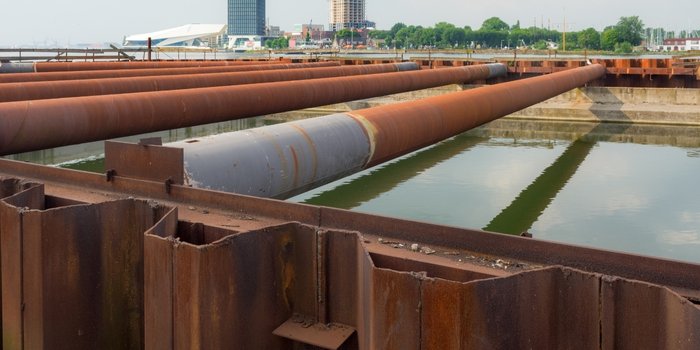
Sheet Piling Types & Sheet Piling Materials
1. Steel Sheet Piling
One of the most commonly used sheet piling is steel due to its high flexibility and durability. They can withstand the high lateral pressure of water and soil.
Different shapes, such as U-shaped, Z-shaped and straight sheets, are used. You can quickly install them. You should coat them to prevent corrosion.
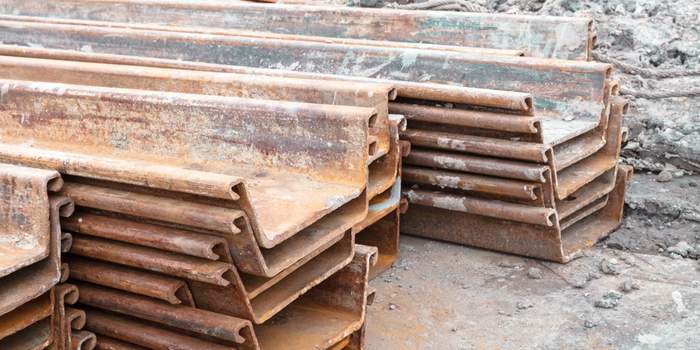
2. Plastic Sheet Piling
Plastic sheet piling is durable and long-lasting. They are corrosion-resistant. Normally, they are made of polyvinyl chloride(PVC). However, they can’t withstand heavy pressure compared to steel piling. You can use this sheet piling in small-scale marine works.

3. Larssen Sheet Piling
Larssen sheet piling is a special type of steel sheet piling, which was invented by a professor whose name was Larssen.
These sheets have a special type of interlocking, which makes them water-resistant due to their tight lock system. You can use these sheet piling to prevent high-pressure water.
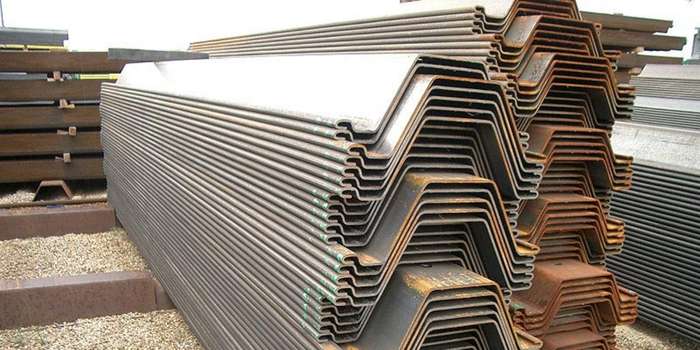
4. Concrete Sheet Piling
A concrete wall is made by combining precast concrete sections. The small pre-stressed sections interlock with each other to make a solid wall barrier. It serves as a permanent structure to protect you from flooding and soil erosion.
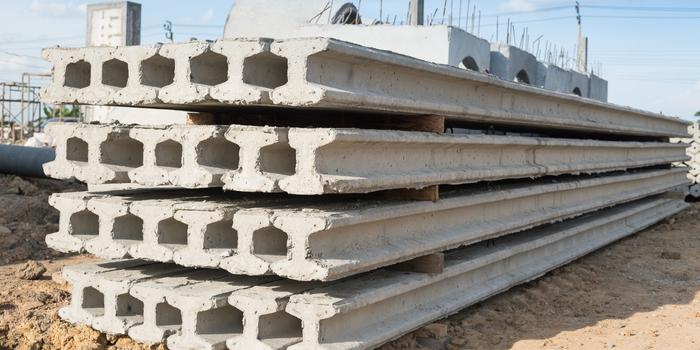
5. Cold-Formed Sheet Pile
In this type of sheet piling, cold steel rolls are used. They can be given any design at room temperature. You can use them because of their lower cost and flexibility.
These sheets are interlocked with each other; however, they can not withstand so much pressure because of their lightweight.
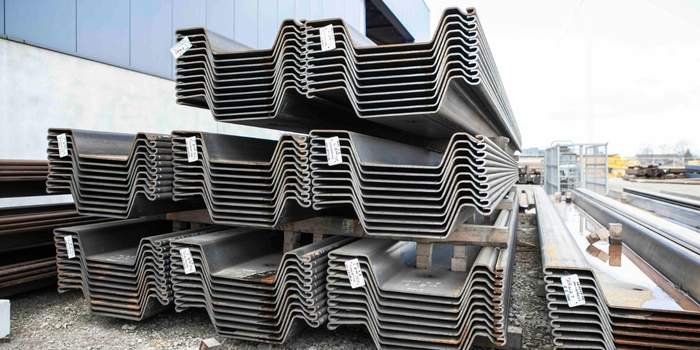
6. Timber Sheet Pile
It is a conventional form of sheet piling. In this method, treated wood planks are driven side by side in the soil.
Then these timber sheets are interlocked with each other to form a continuous barrier. They provide temporary protection against water and assist in excavation support.

7. Aluminum Sheet Piling
Aluminum is a durable and lightweight material that is quite effective in sheet piling. It is lighter than steel, so its handling cost is lower.
You can install these sheets in marine construction and shoreline protection. It can withstand medium-level pressure.
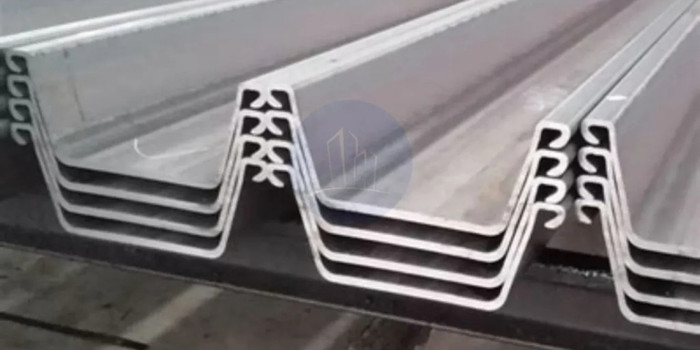
Sheet Piling Method or Sheet Piling Installation
Sheet piling installation is a technical job and needs proper technical support. Some important steps are as follows.
Site Preparation
First of all, you must prepare the soil. For this purpose, you have to remove unnecessary objects and level the ground, so installation can be done easily.
Positioning of Sheet Piles
You should place the first sheet accurately for a strong wall barrier. The position must be aligned vertically for an accurate wall. Driving templates and guiding wales can be used for this purpose.
Installation Methods
Different methods are used to install sheets, such as the vibratory hammer method, which is used most commonly. Impact hammer method, press-in method and water jetting are the other methods.
Piles Interlocking
Sheets are interlocked with each other through edge locks, which makes a strong wall.
Cutting and Capping
The extra part of the wall is cut and capping is done to distribute loads.
Anchoring
To provide extra stability, tie-rods and struts are added. It is suitable for deeper excavation.
What is Sheet Piling Used For
Sheet piling is used primarily for retaining soil, either on a permanent or temporary basis. It is widely used in engineering and construction departments to retain water and soil.
You can also use this sheet piling in flooded areas to prevent water infiltration. In short, you use sheet piling for excavation support, marine construction and to prevent groundwater seepage.
Sheet Piling Retaining Wall
This is a wall barrier, which is made by piling multiple sheets with each other through side locks. You can create such retaining walls by installing sheets deep into the ground using vibratory hammers. These walls are used to retain lateral water pressure and soil.
Piling Safe Work Procedure (Sheet Piling Work)
Pre-work Preparations
You should inspect the soil type and also analyze the underground cables and infrastructure. Ensure that all your workers and machinery are up to the mark. You must get NOCs and licenses before starting the work.
Personal Protective Equipment
Your staff should be equipped with safety equipment, such as hard hats, gloves, helmets, night goggles and ear protection. Dust masks can also be used for better respiration.
Installation
You must follow all the SOPs regarding the installation of sheets. In the installation process, you should prepare the site accordingly. Then, handling of sheet piles should be done by following all precautionary measures.
After the sheets are installed, check that the alignment and interlocking between sheets are proper.
General Safety Precautions
You must obey the general safety rules. Maintain a sufficient distance from the heavy machinery. Work should stop in unfavourable weather conditions. Noise and vibration should be controlled to prevent damage to nearby buildings.
Sheet Pile Support
Cantilever Sheet Pile
Cantilever sheet pile is a specific type that doesn’t need any additional anchoring. This sheet piling is installed below the dredge line. It is based on the passive soil resistance, which supports this sheet. You can use these sheets for depths up to 6 meters.
Anchored Sheet Pile
This type of sheet requires anchors to support and resist lateral pressure. Normally, it is useful for deep excavations where the cantilever sheet is insufficient to bear the pressure.
Anchors, including a deadman anchor, a concrete block or a soil anchor, are connected to the wall. These anchors provide extra strength to the wall.
What is Steel Sheet Piling?
Steel sheet piling is a wall barrier that is made by combining multiple steel sheets. This type of sheet piling is common where you face extra pressure.
Steel sheet piling is heavy and durable. There are some international specifications that you should follow while designing or installing steel sheet piling.
Steel Sheet Pile Specifications
- Sheet Piling Dimensions
Length: The length may vary from 6 meters to 24 meters, depending on the requirements.
Thickness: It may vary from 6 mm to 25 mm, depending on how much pressure is expected.
Width of Section: The width of each section may vary from 400mm to 750mm.
Depth of Section: The depth may range from 150mm-500mm.
- Sheet Pile Weight in KG
It is measured in kg per square meter, depending on the type of section.
Light Sections: Their weight may range from 40 to 70 kg per square meter of the wall.
Medium Sections: It may vary from 70-120 kg per square meter.
Heavy Sections: 120-250 kg per square meter of the wall.
Sheet Pile Cap
A sheet pile cap is a concrete structure constructed on top of sheet piles. This pile cap provides strength and stability to the sheets. It also helps in distributing the load evenly.
Pile Cap Design
The general design codes for the pile cap are ACI 318, BS 8007, and Eurocode 7. The thickness of the pile cap may vary from 0.6 meters to 1.2 meters. It must cover the pile sheet top. High-grade concrete is used, which is M30-M40.
Sheet Piling Machine
The sheet piling machine is usually referred to as the machinery that is used to install the sheets in the ground. They are also used for pulling out the sheets.
Different types of machines are used, e.g, vibratory hammers, impact hammers, silent pilers, drop hammers and excavator-mounted sheet piling rigs.
Advantages of Sheet Piling
Sheet piling has so many advantages.
- It is used in flooded areas as a wall barrier to protect them from water.
- Facilitates excavation and withstands lateral soil pressure.
- Cost-effective and saves your extra budget.
- This sheet piling material can be reused in other tasks when the requirements are fulfilled.
Cost of Sheet Piling/Sheet Piling Prices
Sheet Piling Cost Per Square Foot
In the US, the per square foot cost is $30 – $60. It usually includes installation and material costs. The piling may cost you more in case of non-corrosive material is used. It may be up to 100 dollars per square foot.
Conclusion
Sheep piling is an ideal technique and promotes safety, stability & efficiency in challenging conditions such as deep excavations. As a builder, you must assess soil type and water conditions to choose perfect sheet piling material.
If you want to ask further questions related to sheet piling, you can talk to us. We will provide you complete guidance and construction safety solutions.
FAQs
What is Meant By Pile Foundation?
It is a foundational structure that is pre-installed in the depth of the soil to support sheet piles. This structure is made of steel or concrete. This pile foundation prevents the direct exposure of soft soil to the sheets.
How Long Does Sheet Piling Last?
It depends on the type of material used for sheet piling. The non-corrosive sheet piling may last longer. The temporary steel sheet piling may last up to 10 years. On the other hand, the permanently coated steel sheets can last up to 125 years.
Why Pile Cap is Provided?
It is provided to strengthen the sheet piles and for easy load distribution. The pile cap also resists the bending of the sheet pile.


-80x69.png)

